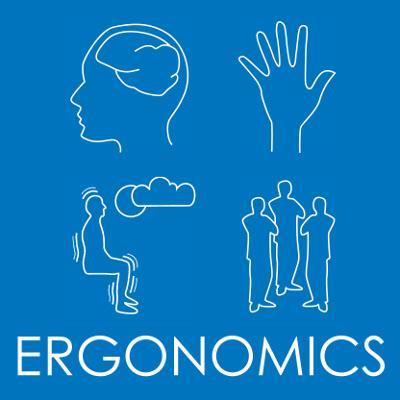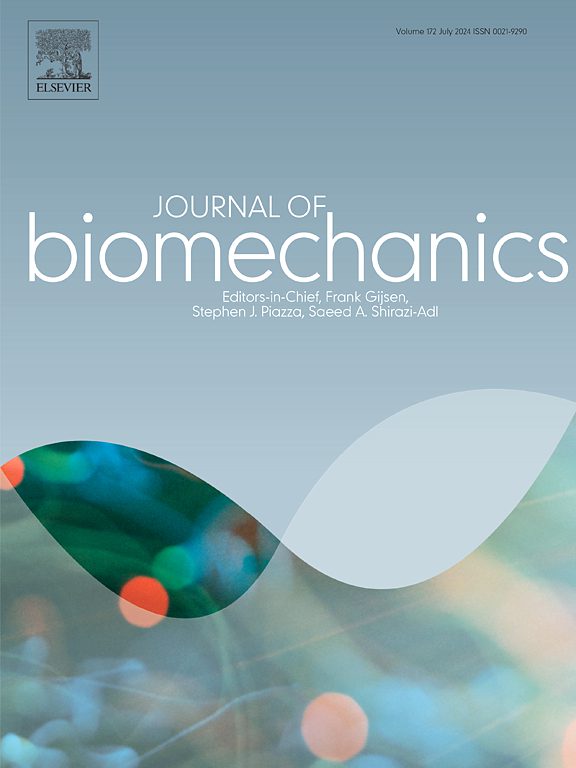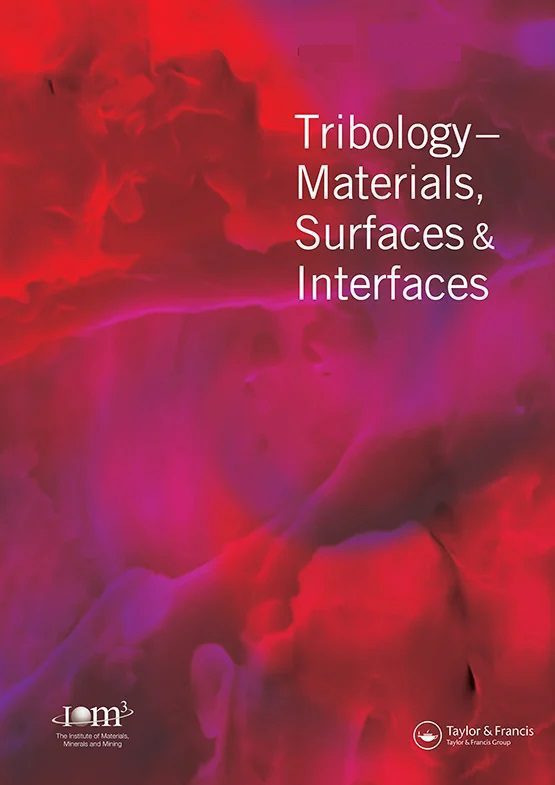

Occupational Injury Prevention
Postural Control & Fall Prevention
Postural Control & Fall Prevention
Modeling Shoe-Floor Interface Properties to Predict Slips and Falls
Slip and falls continue to be one of the leading causes of work-related injuries. The reduction of these injuries is dependent upon improved identification of slippery conditions and the design of proper shoes and floors for various environments. The long-term goal of this research project, funded by a NIOSH R01 research grant, was to reduce injuries due to slips and falls in the workplace through the development of a computational model that predicted the coefficient of friction of the shoe-floor-contaminant interface. The model was based upon: micro-level properties of the shoe-floor-contaminant interface (material and surface characteristics along with lubrication properties) and macro-level designs of the shoe (i.e., tread and shape) and floor. The micro-level model included measurements of properties of shoes, floors and contaminants that were combined in a computational model based upon fundamental tribological relationships. The macro-level model incorporated the micro-level model into a finite element representation of the shoe-floor interface. Micro-level model predictions were compared to the current tribological coefficient of friction testing and macro-level model predictions were compared to currently used shoe-floor interface slip resistance testing devices. The model predictions were also compared to actual human slips and falls during gait to determine the efficacy in predicting slips and/or falls.
People



Publications

Peer-Reviewed Article
2020
Applied Ergonomics
Influence of Averaging Time-Interval on Shoe-Floor-Contaminant Available Coefficient of Friction Measurements

Peer-Reviewed Article
2019
Ergonomics
Predicting slips based on the STM 603 whole-footwear tribometer under different coefficient of friction testing conditions

Peer-Reviewed Article
2018
Applied Ergonomics
Coefficient of friction testing parameters influence the prediction of human slips

Peer-Reviewed Article
2018
Journal of Biomechanics
Kinematics and Kinetics of the Shoe during Human Slips

Peer-Reviewed Article
2018
Journal of Biomechanics
Predictive Multiscale Computational Model of Shoe-Floor Coefficient of Friction

Peer-Reviewed Article
2016
IISE Transactions on Occupational Ergonomics and Human Factors
Three-dimensional shoe kinematics during unexpected slips: Implications for shoe-floor friction testing

Peer-Reviewed Article
2016
Gait & Posture
Required coefficient of friction during level walking is predictive of slipping

Peer-Reviewed Article
2015
Tribology Letters
A microscopic finite element model of shoe – floor hysteresis and adhesion friction

Peer-Reviewed Article
2015
Tribology--Materials, Surfaces & Interfaces
Contributions of Adhesion and Hysteresis to the Coefficient of Friction Between Shoe and Floor Surfaces: Effects of Floor Roughness and Sliding Speed
